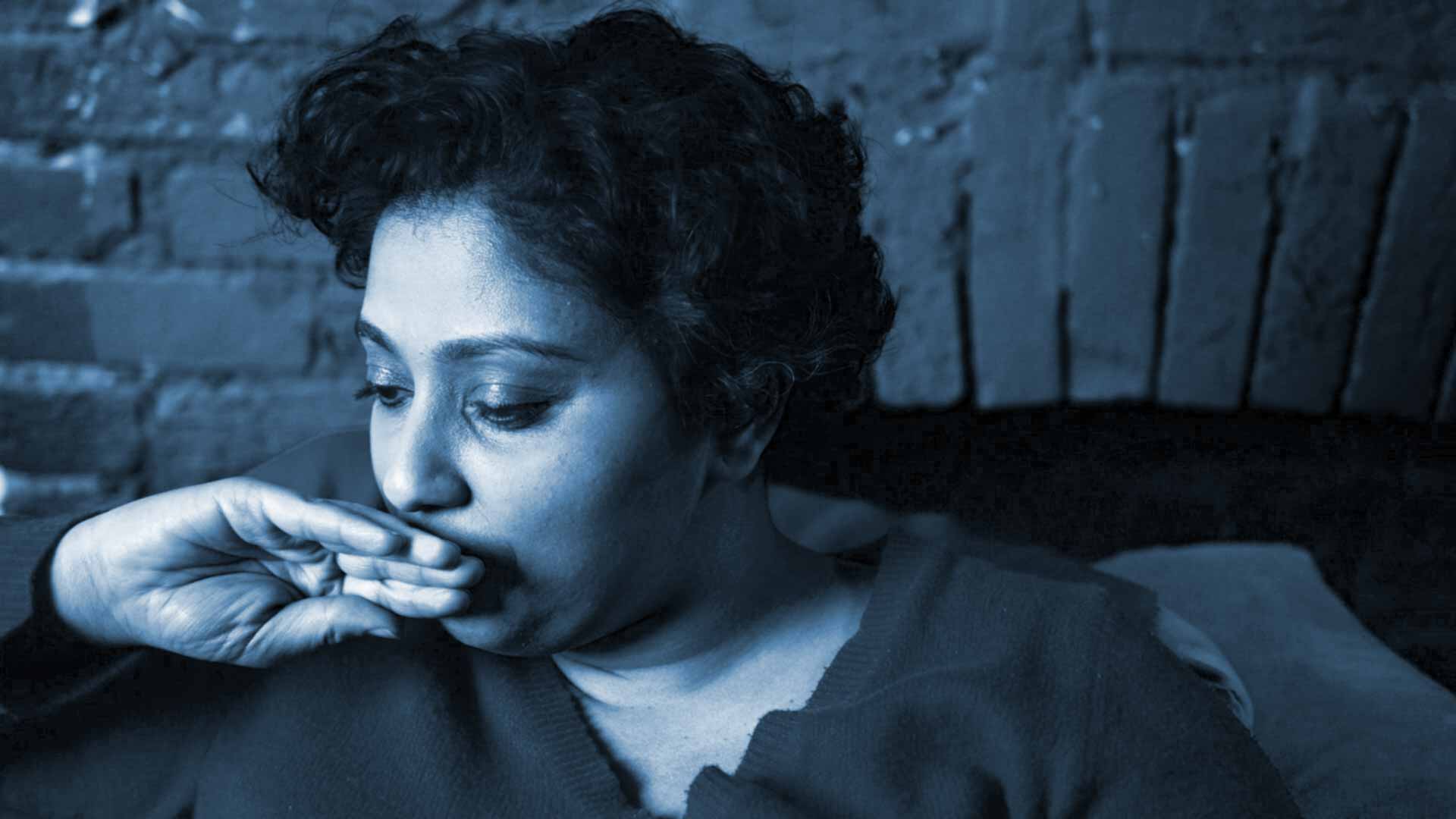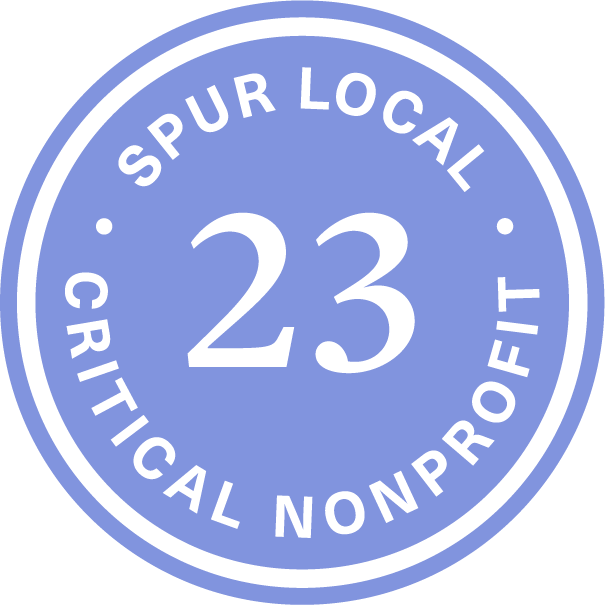Many people think those in a domestic violence situation have an easy way out. But the reality is, victims are forced to overcome a host of obstacles and barriers in order to get safe from abuse.
The District Alliance for Safe Housing (DASH) provides safe housing and services for survivors of domestic violence — no matter what their situation. From emergency and long-term housing to support and expert advice about available options, DASH helps survivors rebuild their lives on their own terms.
Leaving isn’t always easy or sometimes even the best option. Below are some of the measures that survivors should consider in learning what it takes to find safety:
- Housing
Access to safe housing is a critical step in the leaving process. Many survivors have to choose between living with abuse and being homeless.
- Emergency Signal
Coming up with a signal like raising the blinds or flicking the lights, is a way for survivors to communicate that they are in an emergency situation. The signal should be planned in advance with a trusted neighbor.
- Proof
While DASH does not require it, in many situations survivors are asked to provide proof of abuse, either in legal proceedings or to access safe housing. Depending on the case, proof can take the form of a photo of bruising, police or medical report or a letter from an advocate.
- Locks Changed
When a survivor decides to leave an abusive relationship, it doesn’t mean they are deciding to leave their home or community. In places like DC, survivors who decide not to move are informed of their right to have their locks changed quickly in order to stay as safe as possible.
- Address book
It’s crucial for survivors to have access to the contact information of their support network in order to stay safe during emergencies. An address book is one tool that that survivors can use to keep track of their important contacts in case they are not able to use their phone.
- Change of address
An often overlooked, but crucial step in staying safe from abuse, is completing a change of address with the postal office. This ensures that no important documents can be accessed by their abuser. Survivors also have the option of obtaining a Post Office Box (P.O. Box). This helps the survivor to keep their address confidential.
- Kids
Finding safety from an abusive relationship when children are involved requires even more advanced planning. Along with social security cards and birth certificates, survivors may need to make copies of school and vaccination records and keep them in a safe place. Many survivors also pack a favorite toy to provide comfort to their child in the case of an emergency.
- Police
Dealing with law enforcement can be a big barrier for survivors attempting to get safe from abuse. Often, in dual arrests, survivors who call the police looking for help are arrested if the officer cannot identify the aggressor in the dispute. For some, calling the police may cause greater harm if the survivor has a past criminal history or if children are present during the violent incident.
- Restraining order
Restraining or protection orders are one tool to for survivors of abuse to find safety. While the process to receive a protection order can take a few weeks – temporary protection orders can be acquired for emergency situations the same day.
- Support
Abusers often isolate their partner from friends and family in order to maintain power and control. This makes it even more difficult for survivors to stay safe if they have no support system to lean on.
- Calendar
The process of getting safe from domestic violence is different for everyone, but it is almost never easy or simple. It can take some survivors months or even years of planning and preparation to become stable and safe on their own terms.
- Safety Plan
Safety plans are critical for survivors in domestic violence relationships – whether or not they decide to leave. A safety plan is based on the individual situation of the survivor and asks them to think about where they feel safest, who they can ask for help and what precautions they can take to ensure the safety of themselves and their children. See an example safety plan here.
- Cell Phone
A prepaid cell phone can protect survivors from potential stalking and threatening messages. A prepaid cellphone allows survivors to make confidential calls to family, legal counsel and housing assistance without fearing their abuser will find out.
- Money
Economic abuse, in which an abuser controls the finances of their partner, is a common form of domestic violence. Abusers may give their partner a weekly allowance, closely monitor their partners spending or even not allow their partner to have a bank account at all. Many survivors are forced to secretly save money in a private account to ensure that they can find safety in an emergency situation.
- Social Media / Passwords
Cyber abuse and stalking are common in domestic violence relationships. Abusers use access to online accounts to track the behavior and location of the survivor. Survivors are urged to change their passwords for their social media accounts, email and online banking to ensure that their information is safe from their abuser.
- Suitcase
Survivors in abusive relationships are encouraged to pack a suitcase of necessities and leave it at a trusted friend or family member’s house. This ensures that they have what they need for school, work or their kids in the case of an emergency situation.
- Courage
Psychological abuse is common in domestic violence relationships, abusers use threats and intimidation to maintain control over their partner. For this reason, it takes a tremendous amount of courage to find safety from abuse.
- Pets
Survivors are often forced to give up their pet to a friend or family member to keep them safe during an abusive relationship as most shelters and apartments do not allow pets. This can be a traumatic step for survivors who are forced to separate from their beloved companions.
- Custody
Unpredictable, drawn out custody battles can be a barrier for survivors trying to get safe from abuse. Abusers use threats of gaining full shared custody as a tactic to maintain control over their survivor.
- Documents
It is essential as a survivor to gather and make copies of important documents like bank information, social security cards, birth certificates, rental leases, and deed to their home if they own a home and keep them in a secure location. These documents are crucial in accessing resources and proving identity.
- Tank of Gas
Having a full tank of gas can seem like a small step, but it can make a big difference. Reliable transportation, whether that means getting a ride from a trusted friend, looking up the route on a bus, or keeping the gas tank the night before, is an integral step in any safety plan.
- Safety
Living in a safe home is a human right, one that is often taken for granted. Survivors who decide to leave an abusive relationship are taking a big risk, a risk to be safe in their own home. For some survivors though, leaving is not the safest option. Regardless of whether someone stays or leaves, all survivors should have a safety plan. Creating a plan and working with advocates can help ensure that a survivor and their family are as safe as possible in whatever they choose.
The District Alliance for Safe Housing provides safe housing and services for survivors of domestic violence without proof of abuse. Whether a survivor needs immediate emergency housing or just wants to talk about options, DASH can help. Visit the DASH Housing Resource Center to find out more.
If you or someone you know is experiencing domestic violence, call the 24 hour, confidential DC hotline at 202-749-8000.





